In this article about motorcycle helmets, we'll discuss the various materials used in helmet construction, and advantages that each generally offers.
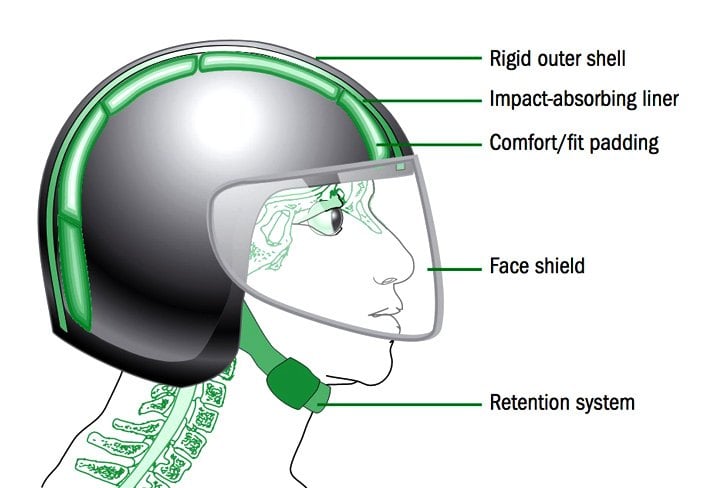
Motorcycle helmets all feature multiple layers of materials. Beneath the visible rigid outer shell, there's an impact-absorbing Styrofoam liner along with one or more layers of padding which is there for comfort, proper fit, and moisture absorption. Since inner layers of foam and padding tend to be more similar than different throughout the helmet spectrum, this article will focus on the most popular materials used to make outer shells.
How Helmet Construction And Materials Protect Your Head
The hard outer shell is primarily designed to spread force from an impact over a wider section of the helmet, without cracking or becoming punctured. Once the impact travels across the helmet shell, the layer of Styrofoam inside will collapse in areas where shock absorption is most needed. This type of foam is formally known as expanded polystyrene foam (EPS) - stiff, yet very crushable once.
Traditionally, experts warn, whether you can only afford a less expensive helmet, or if you buy one made from more expensive materials, wearing any helmet is better than wearing no helmet at all. We couldn't agree more. But it's worth noting that helmet design and technology have advanced enough so that even value-priced helmets provide higher levels of protection than they used to.
Other than extras such built-in Bluetooth communications, what sets advanced helmets apart from basic ones is mostly the shell - namely, its material. The inner Styrofoam may be layered or stacked differently, but it's the outer shell materials that make the difference.
Helmet materials we offer fall into two groups: more basic thermoplastics (ABS, polycarbonate, and compounds that are a blend of both) and composite materials made of more complex fiber and resin mixes (fiberglass, Kevlar, carbon fiber, and composite blends). The largest number of material choices exist in the "Full Face" section, because those helmets are popular for high-speed riding and racing. Conversely, "Half Shell" helmets offer fewer exotic material choices because they're basically designed for lower cruising speeds.
Up to certain higher velocities, thermoplastic helmets can be equally as safe as more expensive composite fiber ones. The noticeable difference is that thermoplastic helmets must be thicker (and heavier) to provide the same level of protection. Lighter weight helmets make riding more comfortable - especially if you're doing any kind of aggressive riding on or off the road.
Composite Fiber Materials
Composite fiber helmets are constructed by placing criss-crossing layers of fiber strands into an existing mold, adding resins or other fillers, then heating the mix. This process is repeated with strands at different angles until a weave pattern is reached and very high strength is achieved. Because manufacturing a composite fiber helmet requires costly materials and a lot more labor, they will be noticeably more expensive.
Composite fiber helmets are made from various fibers such as Kevlar, fiberglass, and carbon fiber, and categorized accordingly under the "MATERIAL" Refine Search menu. However, do note that helmets marketed as "fiberglass", "carbon fiber", etc., usually contain a mix of more than one of these fiber types.
Unless indicated otherwise, official helmet designation will follow whatever material is most prevalent in the composite mix used. So for example, a carbon fiber helmet will feature more carbon fiber material than anything else.
"Composite" Helmets
We mentioned earlier how virtually all helmets labeled as fiberglass, Kevlar, or carbon fiber contain some kind of composite mix of more than one fiber material. Technically, they're all "composite" helmets.

But there is also a specific designation of helmet known simply as "composite". Often, such mixes contain glass fibers, carbon fibers and/or other fibers mixed with an epoxy resin to create a new material. Pricing on these helmets will vary depending on their makeup.
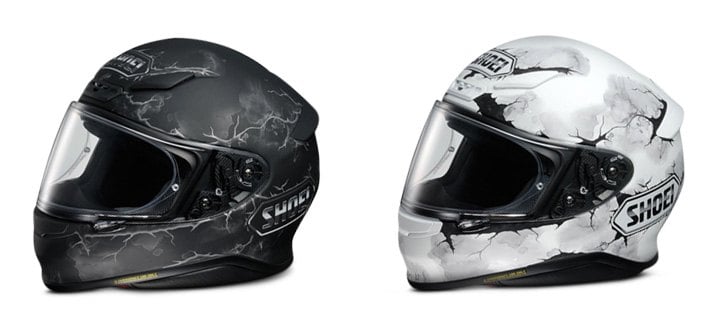
Fiberglass
While fiberglass materials are basically inexpensive, they are easily molded into a form that makes them lightweight and strong. Fans of the material appreciate how well fiberglass can achieve the difficult task of combining flexibility and hardness.
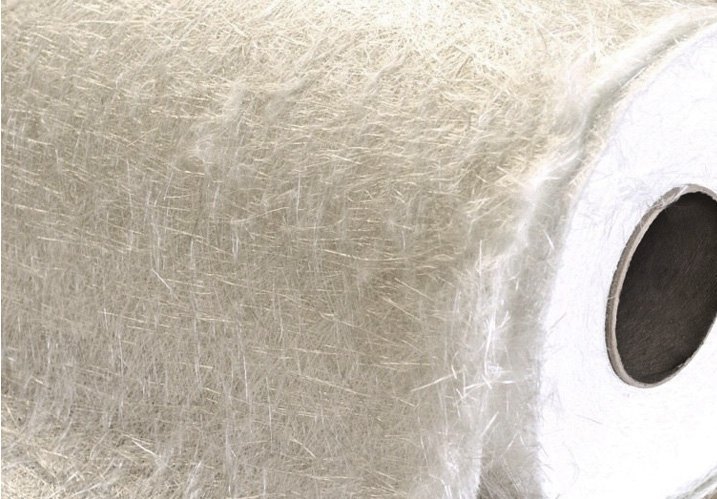
Many fiberglass helmets feature additional high-strength materials such as carbon fiber and Kevlar in the weave pattern. Helmet prices typically rise as more of these materials are added.

One benefit of fiberglass composite helmets is greater flexibility under impact, which allows a shock wave to be spread out more evenly across the helmet. Because of its brittleness, that greater flexibility translates into the helmet shell cracking on impact. When that happens, a larger section of the Styrofoam layer can do its job of collapsing so that your head doesn't contact the inside of the hard shell. For that reason, less foam padding can be used - allowing the helmet to be lighter and smaller overall.
Carbon Fiber
Because of the unique way carbon atoms align and bond together along fibers in a crystal formation, a naturally-occurring high-strength bond forms. When thousands of these high-strength fibers are woven together and combined with plastic resin and other aramid type fibers, that fabric is known as reinforced "carbon fiber" material.

Carbon fiber has the benefits of being extremely strong and extremely lightweight. It also offers high tensile strength and excellent compression strength. A helmet shell embodying these characteristics will offer an extremely high level of shock deflection - without breaking. With this deflection comes a more evenly-spread out impact force across the helmet, allowing more of the Styrofoam inner layer to do its job.

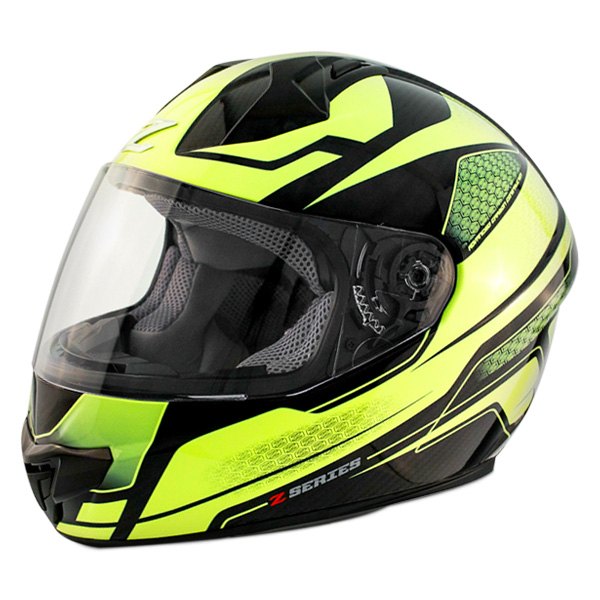
Often, carbon fiber helmets include some amount of Kevlar mixed into the weave to boost strength. Unless indicated otherwise, a carbon fiber helmet will be made mostly of carbon fiber material.
Because carbon fiber helmets can effectively absorb shocks that would fragment a lesser helmet, carbon fiber offers an extremely high level of protection against helmet failure and head injury at the higher speeds involved in motorcycle racing. This durability is also beneficial if a carbon fiber helmet is accidently dropped, because it will be more resistant to scratches and cracks.
Kevlar
Kevlar is actually a trademark name for a composite material developed by DuPont that has an aramid type fiber weave base. This material used in Kevlar helmets is produced with the same weave methods as fiberglass ones, then mixed with a very strong plastic compound. Kevlar is typically added to carbon fiber helmets to increase overall tensile strength.
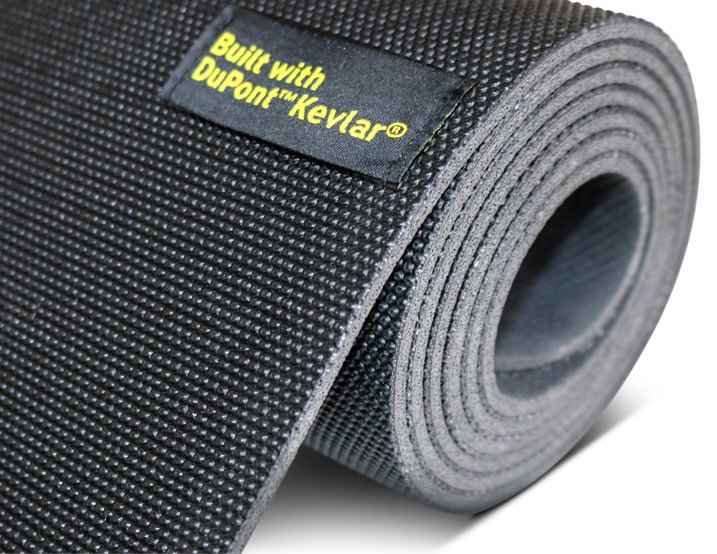
Since the molecular structure of the fibers naturally occurs in even, parallel lines, Kevlar ends up with a much higher tensile strength than fiberglass. In fact, Kevlar is so strong that it’s used to make bulletproof vests. And because Kevlar’s extra strength allows the weave to be less dense, high safety levels can be met with helmet weights up to 20% less than fiberglass.
While Kevlar material naturally has high tensile strength, it does not hold up as well under compression. To correct this problem, carbon fiber is typically added to the weave to create a helmet that delivers the best characteristics of both materials.
Synthetic Reinforced Shell (SRS)

Synthetic Reinforced Shell (SRS) helmets are made from a heat-cured thermoplastic resin (see 3.3 Advanced Thermoplastic Resin Helmets), but with multiple layers of glass fibers and other organic fibers added. The end result is a helmet shell that has lighter weight and better elasticity under impact than a standard thermoplastic resin helmet.
Plastic - Based Helmets
There are two basic kinds of plastic materials used in helmet construction: thermoplastics, and thermoset resins.
Materials in the "thermoplastics" category are plastic compounds made of simpler oil-based polymers. Because a chemical reaction is not necessary to cure these plastic mixes, they simply need to be heated into liquid form and poured into a helmet-shaped mold where they will cool and harden. Because thermoplastics can be melted down and reshaped again without chemical decomposition, they are easy to recycle.
Other plastic helmets known as "advanced thermoset resins" (ATRs) require the addition of a curing agent to create the chemical reaction necessary for the plastic to harden into final form.
While all these plastics offer a good combination of rigidity and flexibility, they are less strong pound-for-pound than composite weave materials. Therefore, any plastic helmet shell must be thicker in order to meet safety guidelines - and that additional material makes them larger and heavier. The advantage of plastic helmets is, however, their lower cost.
There are several types of thermoplastics.
ABS (Acrylonitrile Butadiene Styrene)

ABS plastic is a thermoplastic blend which combines the strength and rigidity of certain polymers with the ruggedness of polybutadiene rubber. Because ABS plastic is chemical- and heat-resistant and offers good protection against dents, it's widely used in helmets. Like all thermoplastics, ABS plastic is less expensive and heavier than woven compounds.

Polycarbonate & Lexan
Polycarbonate is a thermoplastic made from a synthetic plastic resin which contains carbonate groups in its chemical makeup. By itself, polycarbonate is a clear plastic that's the primary ingredient in strong, lightweight helmet visors, eyeglass lenses, greenhouse windows, medical optics, CDs/DVDs, bulletproof windows, and much more.

General Electric patented their particular polycarbonate formula and markets it under the name of Lexan. Under our MATERIALS Refine Search menu, you'll sometimes see check boxes for helmets made of Lexan.
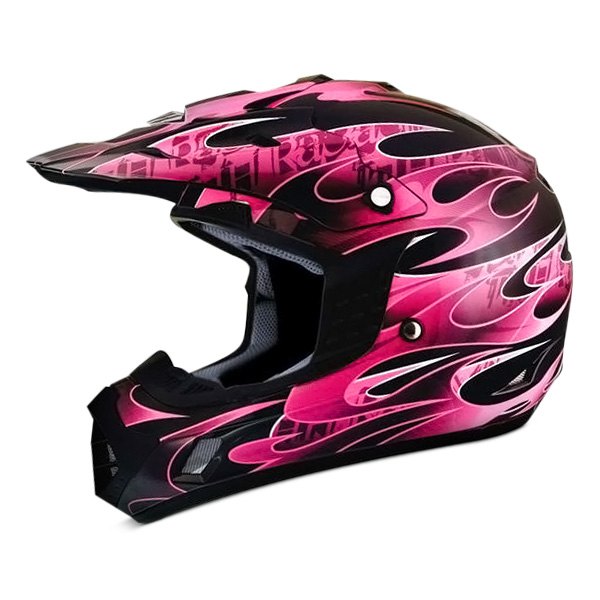
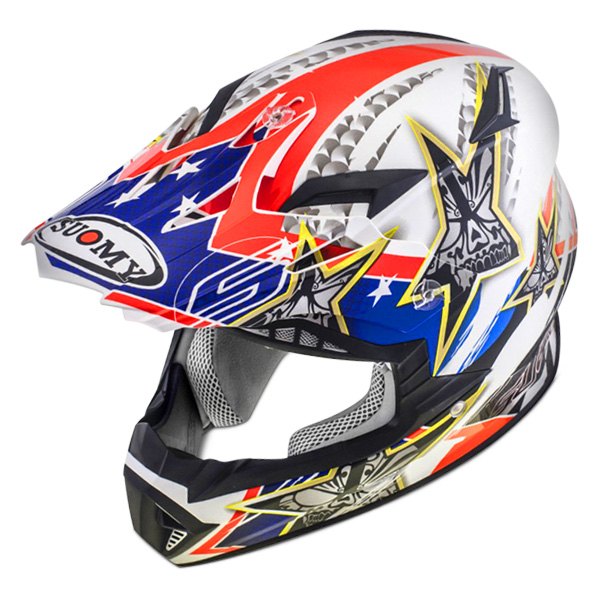
Polycarbonate blends offer higher impact resistance than ABS plastic blends, so if you're looking for good value on a helmet to protect you at speed, polycarbonate is a good choice if you don't mind the increased weight.
Advanced Thermoset Resin (ATR)
As mentioned earlier, thermoset plastics differ from thermoplastics mainly in the way they cure and harden. Thermoplastics will harden and cure on their own (without the addition of curing agents) after they cool down.

With thermosets, however, a curing agent (usually an epoxy, polyurethane, or other ingredients) must be added to create a chemical reaction that will allow the plastic to harden. After the epoxy is added, the mix is then heated and forced into a helmet mold via an injection molding process.
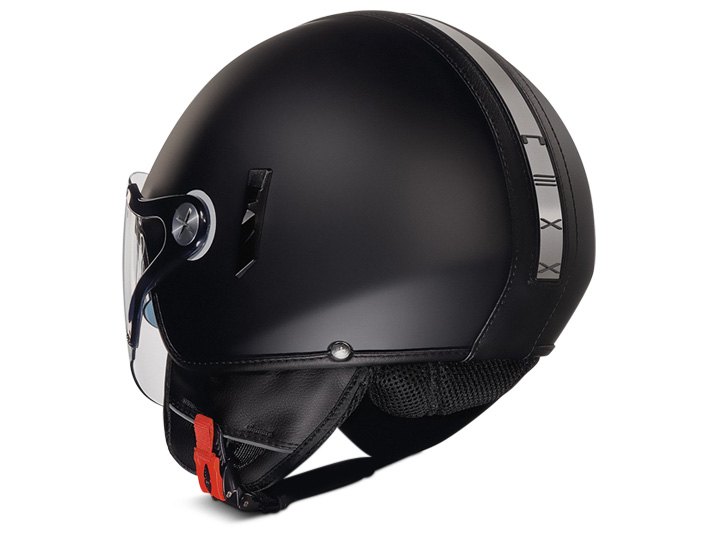
Once the chemical reaction is complete and the helmet shell hardens, it is final. In other words, it could not be melted down and reformed again the way thermoplastics can. Thermosets are among the harder types of plastics.
While it stands to reason that you should buy the best helmet you can afford, not everyone can afford the "best" helmet. That's why we offer the choices we do, and that is one of the concluding points of this article: ALL of the helmet materials will protect your head, and we will always want you to be best informed about the variety we have.

If you're interested in furthering your education about motorcycle helmets, we invite you to read our other related articles regarding helmet types, sizes, and more. And if you have any questions, we'll be happy to help seven days a week!
